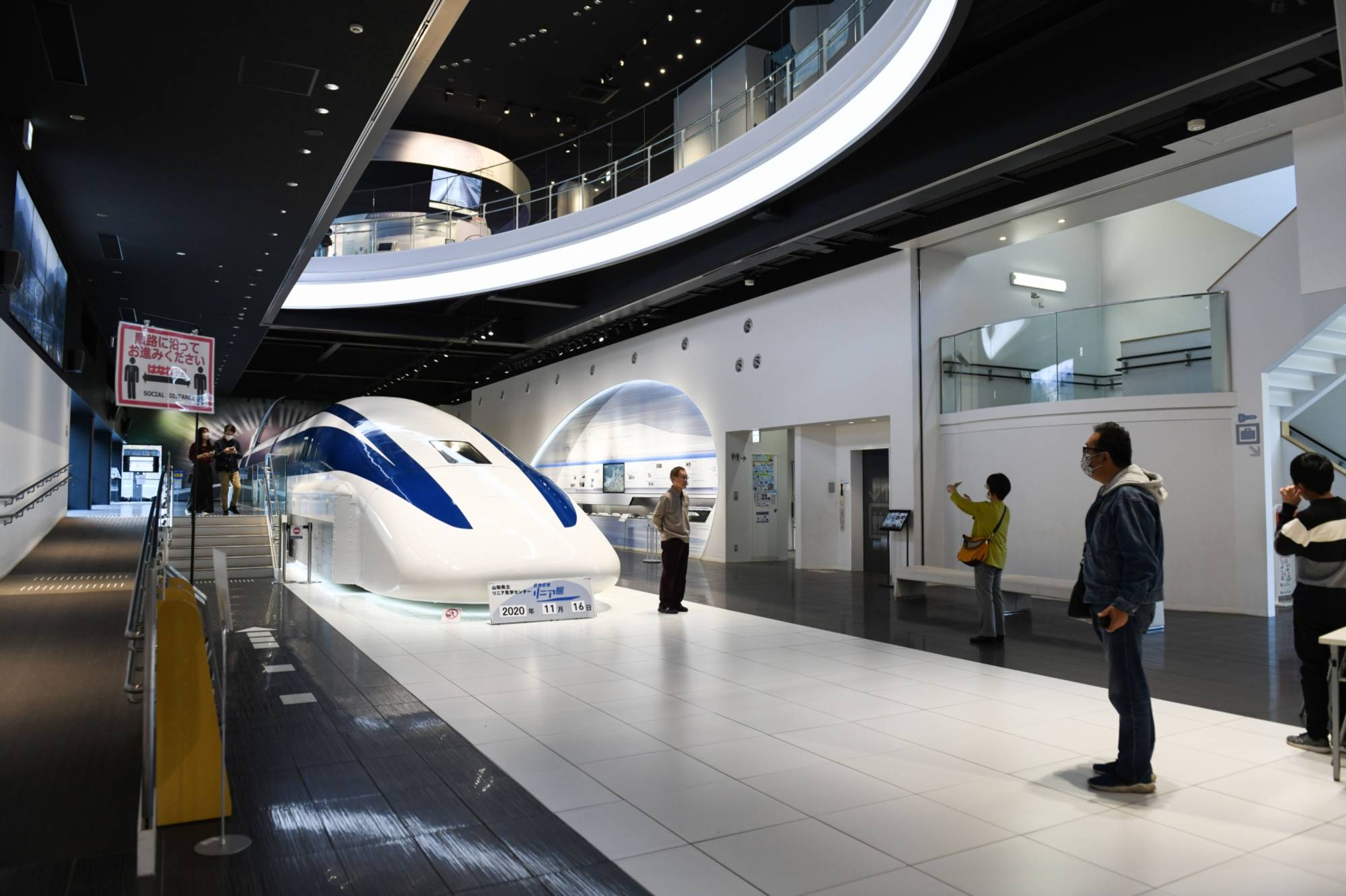Japan and China are racing to build a new type of ultrafast, levitating train, seeking to demonstrate their mastery over a technology with big export potential.
Magnetic levitation, or maglev, trains use powerful magnets to glide along charged tracks at superfast speeds made possible by the lack of friction. A handful of short distance and experimental maglev trains are already in operation, but Asia’s two biggest economies are vying to develop what would be the world’s first long-distance intercity lines.
On one side is Central Japan Railway Co.’s ¥9 trillion ($86 billion) maglev that’s expected to connect Tokyo and Osaka by 2037. On the other is China’s 100 billion yuan ($15 billion) on-again, off-again project that will run between Shanghai and the eastern port city of Ningbo. After several false starts, it’s now forecast to be completed by around 2035. Japan’s is more expensive largely because of the amount of excavation that will be required to tunnel through the mountainous countryside.


















With your current subscription plan you can comment on stories. However, before writing your first comment, please create a display name in the Profile section of your subscriber account page.